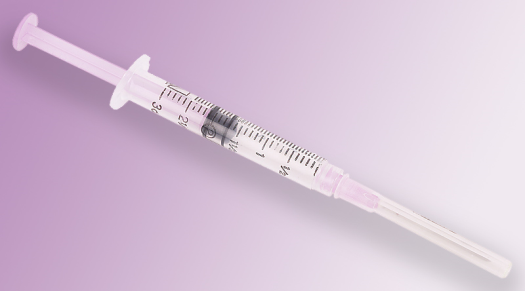by Drs. Rex McCallum and Selwyn Rogers

We talk about patient safety a lot. We need to focus on your safety as well. An accident is defined as, “…an undesirable or unfortunate happening that occurs unintentionally and usually results in harm, injury, damage, or loss; casualty; mishap…” Slow down. Accidents can be prevented.
This is the first of a two-part series concerning bloodborne pathogens.
In 2014, like many academic medical centers, numerous employees reported possible exposure to a bloodborne pathogen. The majority of the incidents were sharp exposures, which resulted in several employees testing positive for a hospital-acquired disease.
In their 2013 article, Julia Tortorice and Dana Bartlett assert: “One serious bloodborne infection can cost more than a million dollars for medications, follow-up laboratory testing, clinical evaluation, lost wages and disability payments.” Costs of occupational exposures to hepatitis B and C and HIV are case specific, but a 2007 article estimated the one-year cost for these incidents can be as high as $400 million (Leigh, Gillen, Franks, 2007). “The human costs after an exposure are immeasurable. Employees and their families may experience anger, depression, fear, anxiety, difficulty with sexual relations, trouble sleeping, problems concentrating and doubts regarding their career choice. The emotional effect can be long lasting, even in a low-risk exposure that does not result in infection" (Green, Griffiths, 2013; Zhiang, Yu, 2013; Lee, Botteman, Xanthakos, 2005).
One must accept that, “… during care for any patient, one should assume that an infectious agent could be present in the patient’s blood or body fluids, including all secretions and excretions except tears and sweat. Therefore, appropriate precautions, including use of PPE, must be taken” (ICT September 2012).
Inspectors from the Centers for Medicare and Medicaid Services may soon be citing hospitals if employees are not wearing gloves, gowns, and eye and face protection to prevent exposure or contamination. The CMS survey tool specifically highlights the use of PPE when performing aerosol-generating procedures.
*Be aware of your risks*
*Protect yourself*
Accidents that result in exposure to bloodborne pathogens from sharps may occur:
- During or after disposal of sharps (in transit to disposal, improper disposal, during disposal);
- After use and before disposal of sharps (activation of safety feature, recapping needle, during clean up); and/or
- During use (Access line, transfer/process specimens, pass/transfer equipment, collision with sharp or worker, insertion or removal of needle, manipulating sharp in patient, suture needle handling).
Accidents that result in exposure to bloodborne pathogens from splash of bodily fluids occur because of:
- Poorly fitting PPE.
- Not wearing PPE.
- Improper removal of PPE.
*Encourage others to protect themselves*
*If there is an untoward event, REPORT IT and SEEK TREATMENT*
Click here to view the program, “Risky Business: Blood Exposures in the Healthcare Setting,” presented by Dr. David Henderson on April 22. For more information, contact: Kathleen O’Neill, director, Employee Health and Wellness, at ext. 2-8890.